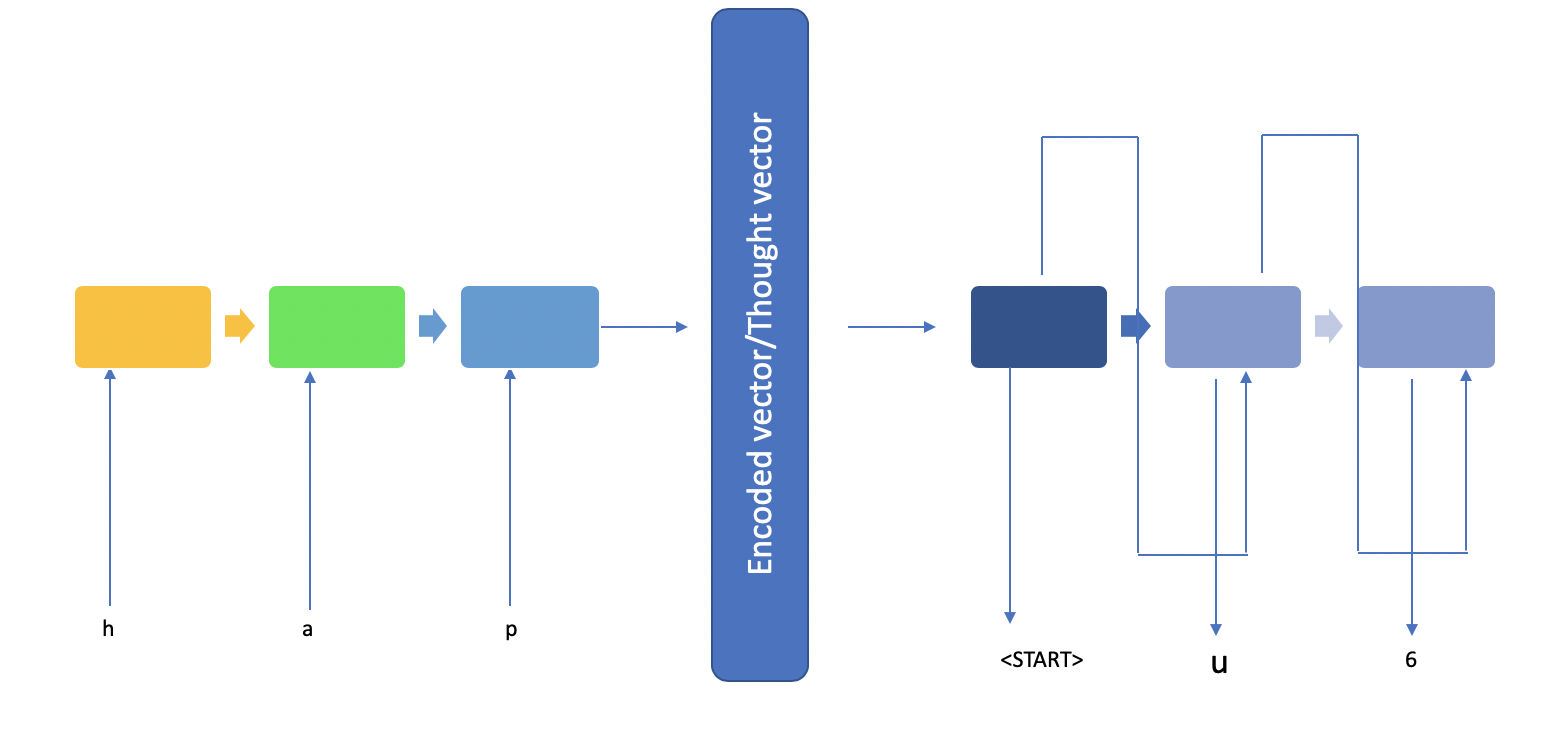

compile ( optimizer = 'adam', loss = 'mean_absolute_error' ) # Fit the model to the games_season dataset p_model. Remember, our network has seen other examples of red shirts during the training process. With 100 confidence for both class labels, our image definitely contains a red shirt. It easily classifies this image with both labels at 100 confidence. shape # Create an embedding layer team_lookup = Embedding ( input_dim = n_teams, output_dim = 1, input_length = 1, name = 'Team-Strength' ) # Create an input layer for the team ID teamid_in = Input ( shape = ( 1, )) # Lookup the input in the team strength embedding layer strength_lookup = team_lookup ( teamid_in ) # Flatten the output strength_lookup_flat = Flatten ()( strength_lookup ) # Combine the operations into a single, re-usable model team_strength_model = Model ( teamid_in, strength_lookup_flat, name = 'Team-Strength-Model' ) # Create an Input for each team team_in_1 = Input ( shape = ( 1, ), name = 'Team-1-In' ) team_in_2 = Input ( shape = ( 1, ), name = 'Team-2-In' ) # Create an input for home vs away home_in = Input ( shape = ( 1, ), name = 'Home-In' ) # Lookup the team inputs in the team strength model team_1_strength = team_strength_model ( team_in_1 ) team_2_strength = team_strength_model ( team_in_2 ) # Combine the team strengths with the home input using a Concatenate layer, # then add a Dense layer out = Concatenate ()() out = Dense ( 1 )( out ) # Make a model p_model = Model (, out ) # Compile the model p_model. Our Keras multi-output network has however, seen other red shirts. Try to avoid it when your requirements are different or slightly involved.From import Embedding, Input, Flatten, Concatenate, Dense from import Model # Count the unique number of teams n_teams = np.

The last variant possible is combination of both, having multiple inputs and outputs together. That will have multiple outputs at the very end. Now you will have a regression output as well as a probability based output layer, right?Īnother example for multiple outputs, Suppose you want to classify an image as to some class as well as find out which color has maximum coverage in the image or what's the color of the object (e.g.
KERAS SEQUENTIAL MODEL MULTI OUTPUT CODE
This allows to minimize the number of models and improve code quality. Developers have an option to create multiple outputs in a single model. Now in the training time, you need to have images and texts both as Inputs at the same time, right? That's multiple inputs to the network.Īgain, Assume that you want to do some image classification for some random image as well as predict the bbox coordinates of the desired object. Multi-Output Model with TensorFlow Keras Functional API Keras functional API provides an option to define Neural Network layers in a very flexible way. The docs suggest that you shouldn't use the Sequential API of Keras when you have such requirements as they also provide Functional API.Īssume that you want to caption an Image automatically.

a residual connection, a multi-branch model) Any of your layers has multiple inputs or multiple outputs This means that Keras is appropriate for. Your model has multiple inputs or multiple outputs Supports arbitrary network architectures: multi-input or multi-output models, layer sharing, model sharing, etc. A Sequential model is not appropriate when:


 0 kommentar(er)
0 kommentar(er)
